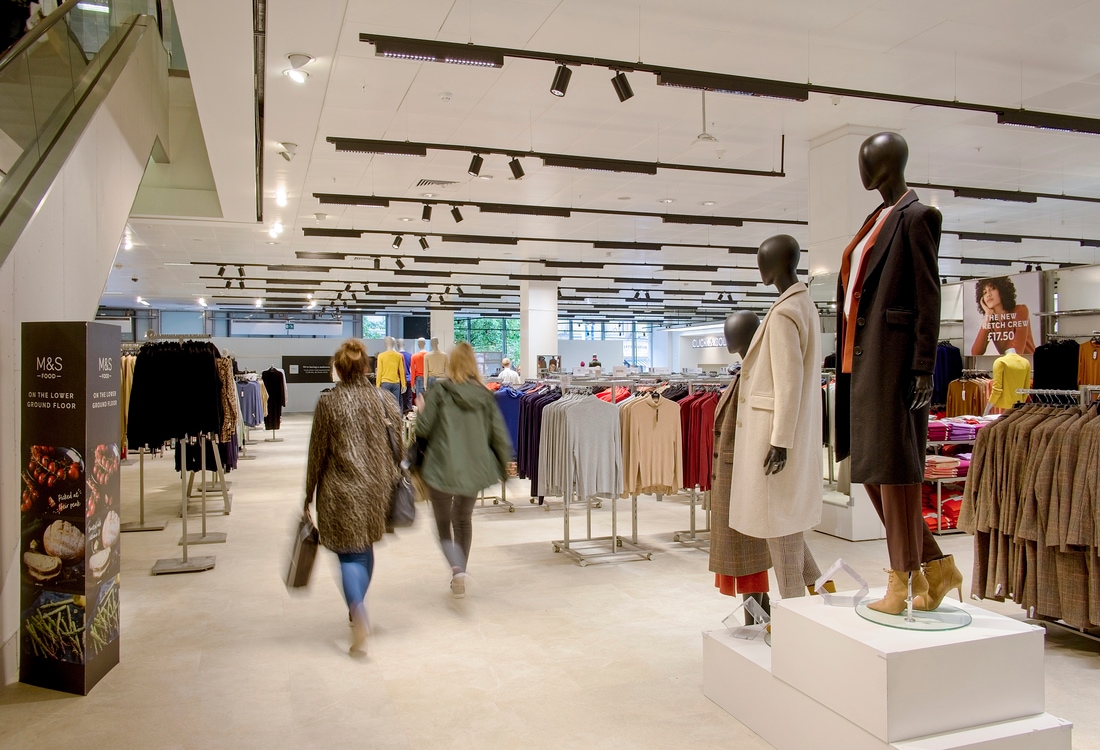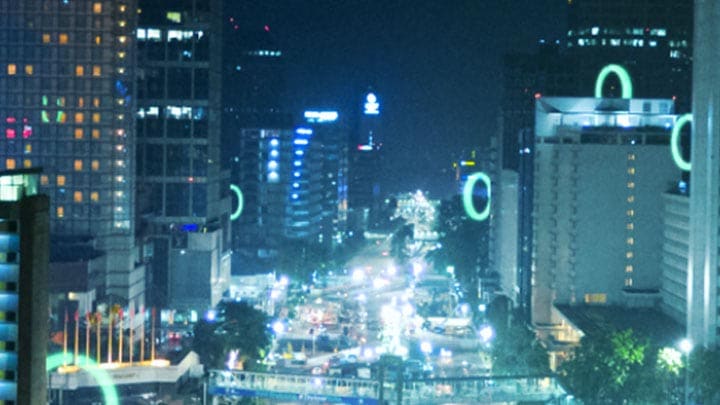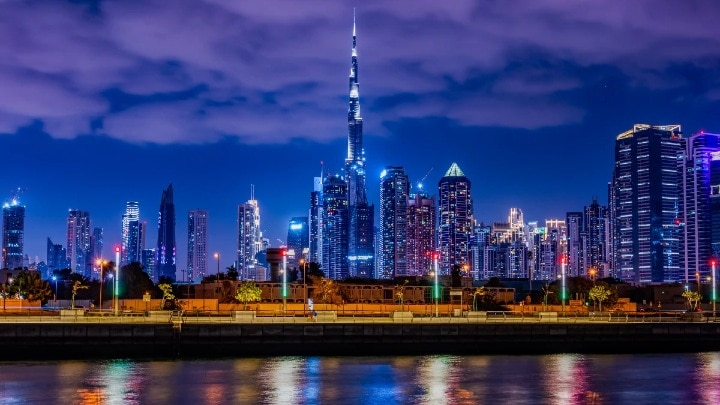October 14, 2021
How circular lighting is a regenerative approach to production, with the long term in mind.
Circularity focuses on maximising the reusability and longevity of materials and resources; and this includes lighting.
Unlike a linear economic system, where products ultimately end their lifespan as waste due to initial design features, circularity puts the future in mind through the design of recyclable, reusable and serviceable goods, creating a closed regenerative loop system.
Harry Verhaar
Head of Global Public and Government Affairs at Signify
There are around 30 billion light points installed around the world, many of which are disposed of at the end of their lifespan.
But this is not the case for those at Signify’s Bielsko Biala plant in Poland which became a zero-waste-to-landfill site last year after a successful campaign to set up a new waste collection system.
Now, plastic, paper, glass and municipal waste is separated before collection ready to be reused or recycled. Previously landfilled waste is also now in the process of being collected for use once more.
Additionally, circular lighting is about having the ability to continue benefiting from the best available technology through the maintenance and upgrading of products. This allows for a level of customer care, performance guarantees, and overall business models that are largely service-based.
The High Tech Campus Eindhoven, a technology park in the Netherlands, which is home to over 140 businesses, worked with Signify to redesign its lighting system to be more reflective of its sustainable business operations.
“A circular lighting service was introduced throughout the campus’ parking garages, to switch all of the existing lighting to LED, and handing the maintenance responsibility over to Signify through a light as a service contract, meaning that Signify retains ownership over the physical lights, and that High Tech Campus Eindhoven pays for the lighting. Together, this led to a 70% saving on energy consumption and allowed the campus management team to focus on their core business.
“As a Campus, we consider it natural that visitors should encounter the best and very latest technology,” said Harrie Arends, operations manager at High Tech Campus Eindhoven.
“This technology ensures significant energy savings and produces lower carbon emissions. In addition, we will not have to do anything with our lighting system for the next ten years; Signify will handle all of that,” he added.

For ease of serviceability, products need a modular construction, and this means that circularity begins at the design and production stage.
Oliver Knowles
Research and Development Manager at M&S
This technique generally has half the carbon footprint of a traditional luminaire and the polycarbonates used are 10 times more recyclable.
“3D printing has been around for a while, but these luminaires are the first real retail lighting application we’ve seen that improves the sustainability of our stores and are extremely complementary to our sustainability strategy,” said Oliver Knowles, Research and Development Manager at M&S, adding that “the potential for these fittings is enormous, both from an energy and cost-efficiency perspective.”
Ultimately circular lighting advances the move towards a more energy efficient society and may help us push back the date of Earth Overshoot Day – when resource consumption exceeds capacity around the world – from July 29 to the end of the calendar year where it belongs..
Signify (Euronext: LIGHT) is the world leader in lighting for professionals, consumers and the Internet of Things. Our Philips products, Interact systems and data-enabled services, deliver business value and transform life in homes, buildings and public spaces. In 2023, we had sales of EUR 6.7 billion, approximately 32,000 employees and a presence in over 70 countries. We unlock the extraordinary potential of light for brighter lives and a better world. We have been in the Dow Jones Sustainability World Index since our IPO for seven consecutive years and have achieved the EcoVadis Platinum rating for four consecutive years, placing Signify in the top one percent of companies assessed. News from Signify can be found in the Newsroom, on X, LinkedIn and Instagram. Information for investors is located on the Investor Relations page.


December 17, 2024
Transforming Dubai’s iconic buildings with connected lighting from Signify